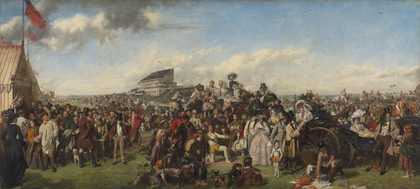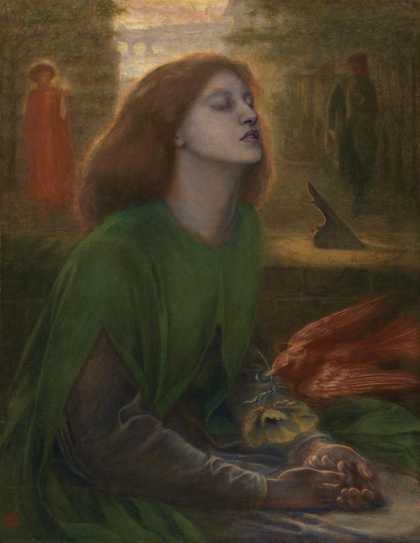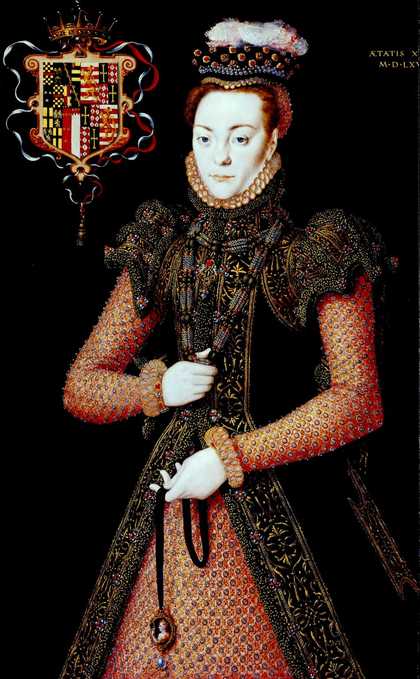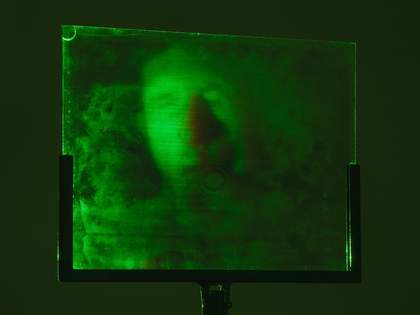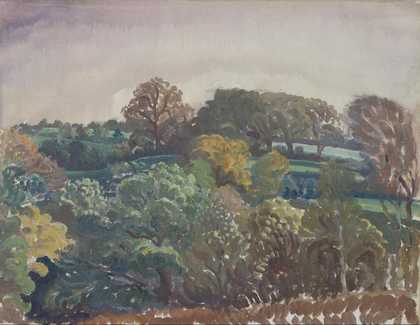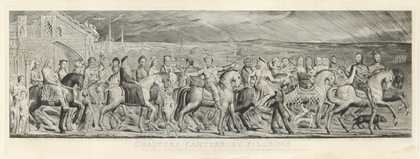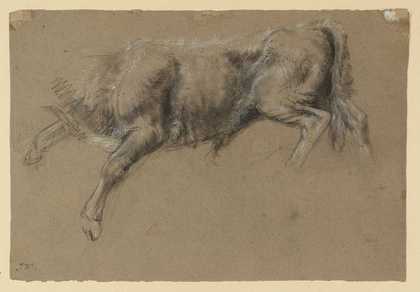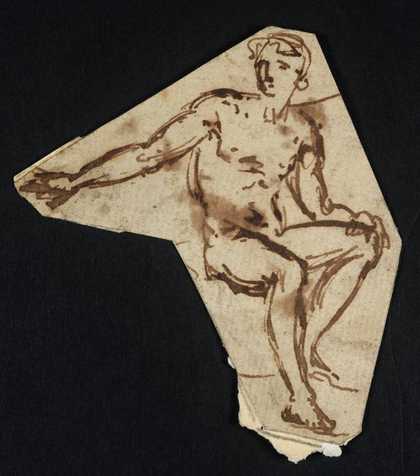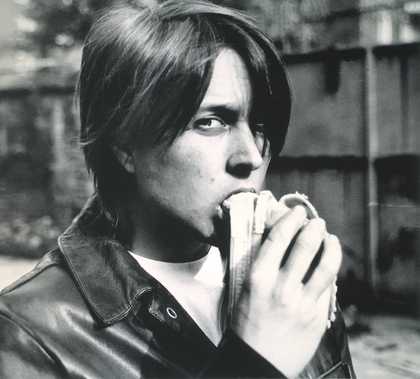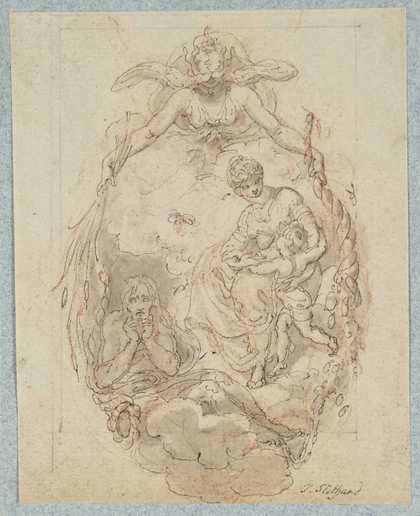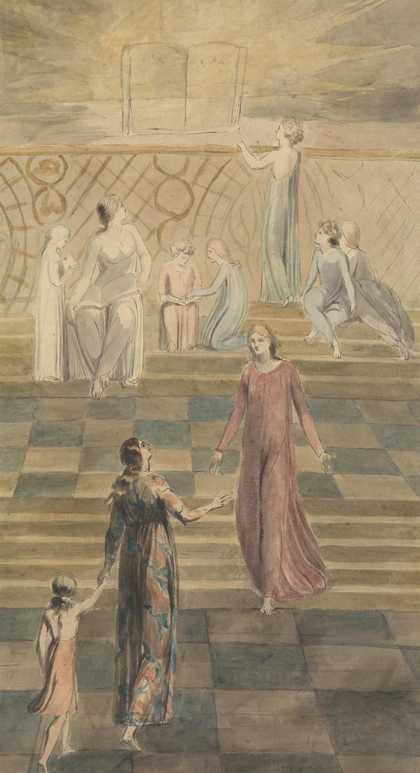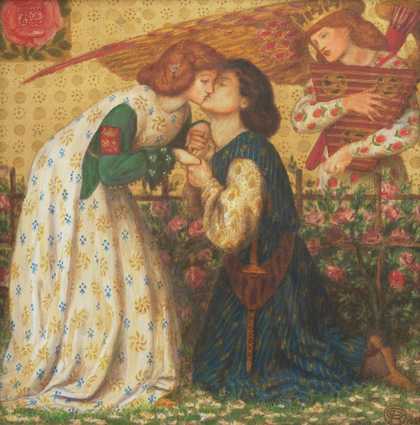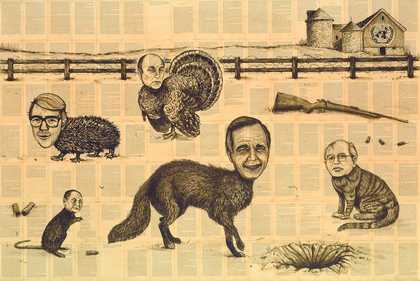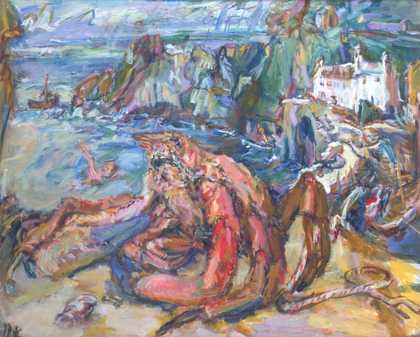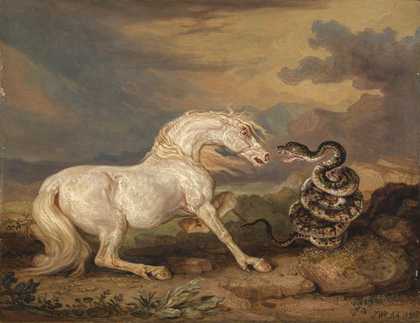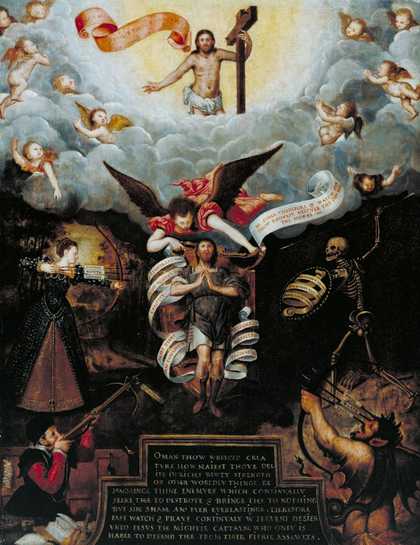
Unknown artist, Britain
An Allegory of Man (1596 or after)
Tate
Allegory has been used widely throughout the histories of all forms of art; a major reason for this is its immense power to illustrate complex ideas and concepts in ways that are easily digestible and tangible to its viewers, readers, or listeners.
In relation to modern art, allegory is when one narrative might mean another, something that was first proposed in Craig Owen’s book The Allegorical Impulse: Toward a Theory of Postmodernism. An example of this use of allegory would be Sarah Lucas’s Two Fried Eggs and a Kebab 1992 in which food is a signifier of sexual politics. Owens argues that artists who use allegory are revealing how objects can hold not one, but many meanings.

